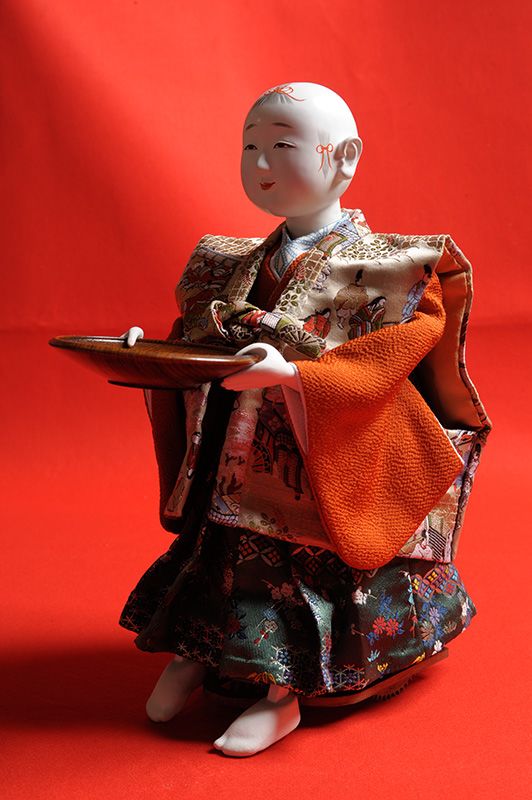Week 3: Robotics + Art
Professor Machiko Kusahara's lecture truly provided me with unique insights into the different perspectives people hold towards the vast world of robotics. Prior to listening to her discussion, I had absolutely no idea that Japan had such a long and impressive history of robotics research. Japan's fascination with robotics can be traced all the way back to the early 17th century with the invention of mechanized dolls known as "Karakuri" puppets. These automata were considered a "highly appreciated form of entertainment" before the onset of the Industrial Revolution (Lecture).
 |
| "Karakuri puppet holding saucer." Nippon, https://www.nippon.com/en/views/b00907/. |
On the other hand, western culture has, for the most part, always held a rather critical view of robots, often depicting them as evil, menacing pieces of technology. The prediction that robots are going to "someday take over the world" is one that I have heard countless times throughout my life. Of course, industrialization has played a significant role in the formation of these negative perceptions, as people have become fearful that robots are going to replace human beings in their workplaces in the future. These sorts of depictions are often exhibited in video games, movies, artwork, etc. This can be exemplified through the opening scene of Terminator 3: Rise of the Machines, in which an army of angry robots are seen in taking part in a futuristic robotic assassination.
 |
| "Evil Robot." HowStuffWorks, https://science.howstuffworks.com/10-evil-robots.htm. |
 |
| "RI-MAN." ResearchGate, https://www.researchgate.net/figure/RI-MAN-with-tactile-sensors-for-physical-human-robot-interaction-research-We-have_fig1_221787496. |
1.) Kusahara, Machiko. Lecture: Japanese Robotics. DESMA 9: Art, Science, and Technology. University
of California, Los Angeles.
2.) "Ri-Man: Helper Bot for the Elderly." Wired, https://www.wired.com/2006/03/riman-helper-bo/.
Accessed April 21, 2023.
3.) "The Ultimate Guide to Robots and AI in Japan." Interac, https://interacnetwork.com/robots-in-japan/.
Accessed April 21, 2023.

Hi Jenna! I never thought about the difference in how robots and especially intelligent robots are portrayed in Western media as opposed to other cultures. That's really interesting that in Japan robots are viewed as amazing and helpful inventions, whereas in the US there is often a (perhaps somewhat joking) fear of the robots taking over. I think that a great example is the Jamba Juice robot recently installed in UCLA's Ackermann, which drew both praise and criticism for taking away possible jobs. Thanks for your post!
ReplyDelete